The royal massacre on June 1, 2001, which resulted in the demise of King Birendra's dynasty, is the most well-known and terrible incident in contemporary Nepali history. According to some scholars, this incident marked the beginning of the end of the monarchy and laid the groundwork for the beginning of the republic.
Today commemorates the anniversary of the Narayanhiti palace massacre. On the night of the feast, conducted on the third Friday of each month, a massacre occurred in the palace. The actual details of the massacre in which the then-King Birendra, Queen Aishwarya, Prince Dipendra, and other family members died in the palace's 'very guarded' area have yet to be revealed to the public.
However, on the evening of June 4th, the new King Gyanendra made a royal announcement and formed a high-level committee chaired by then Chief Justice Keshav Prasad Upadhyaya as a process to bring the true details of the tragic incident in the royal palace to the public. The committee also included the then-Speaker Taranath Ranabhat and the head of the opposition party in the House of Representatives, Madhav Kumar Nepal. Nepal, on the other hand, was not a member of that committee. He stepped down.
On June 14, the remaining two-member committee issued their report. The committee, which began work on the 8th, was initially allocated three days from the start of work. Four extra days were afterwards added.
The committee divided the report into three sections. The first section discusses the committee's inception and working method. The incident's details and data were provided in the second section. In the third section, the specifics of the occurrence were discussed. However, the committee's report was not widely accepted. Even now, many individuals feel that the occurrence was the consequence of multiple levels of conspiracy.
The monarchy in Nepal could not continue long after the fall of the Birendra dynasty, which established the image of a kind ruler. Following the death of King Birendra, his younger brother Gyanendra Shah came to the throne. In order to create a dictatorship by seizing direct government control, Nepal's political parties launched the second people's movement in 2006, declaring Nepal a republic. On May 27, 2008, seven years after the tragedy, the government declared the end of the monarchy and the installation of a republic. Gyanendra Shah reigned as Nepal's final monarch.
Following the massacre, a high-level inquiry commission created under the leadership of the then-Chief Justice issued a report finding Prince Dipendra responsible of the June 1 tragedy. Taranath Ranabhat, the then-Speaker, made the probe report public.
There has been no impartial examination of this occurrence since then. In the Second Council of Ministers, chaired by then-Maoist Chairman Prachanda, Bimalendra Nidhi, who was in charge of the Ministry of Home Affairs, addressed the topic of investigating the Darbar massacre. Even after being deposed, Nidhi raised the topic of an inquiry in revenge for Gyanendra's refusal to cease making political remarks, but the matter was dropped.
Despite several accusations and hypotheses, the Narayanhiti Darbar murder case remains unsolved.
To examine the event, the then-Chief Justice and Speaker appointed a two-member high-level committee. According to the story, crown prince Dipendra shot himself with a handgun and collapsed on the bridge's side.
However, the topic of how the handgun went into the pond from the hand of the unconscious individual after he shot himself has been raised.
Criminologists are especially upset about how evidence, firearms, ammunition, and clothing were removed from the murder scene.
'When the evidence of the crime scene is put under control, the targets left by the criminal are picked up with plastic gloves so that they are not damaged, and they are stored secure within clear plastic,' explains Advocate Sushil Pant, who also teaches criminology at Nepal Law Campus. However, on the day the report was published, Speaker Taranath Ranabhat personally showed each weapon.
This behavior is also seen with suspicion since, if the evidence had shown Dipendra's guilt, it would not have been improper for such a high committee to act in such a way that the evidences were wiped and destroyed.
The massacre site, Narayanhiti Palace, is now a museum.
Since its inception in 2065, the Narayanhiti Museum has welcomed over one million local and international visitors. Every day, up to 5,000 individuals visit the museum.
According to a museum staffer, museum visitors are very interested in the palace massacre.

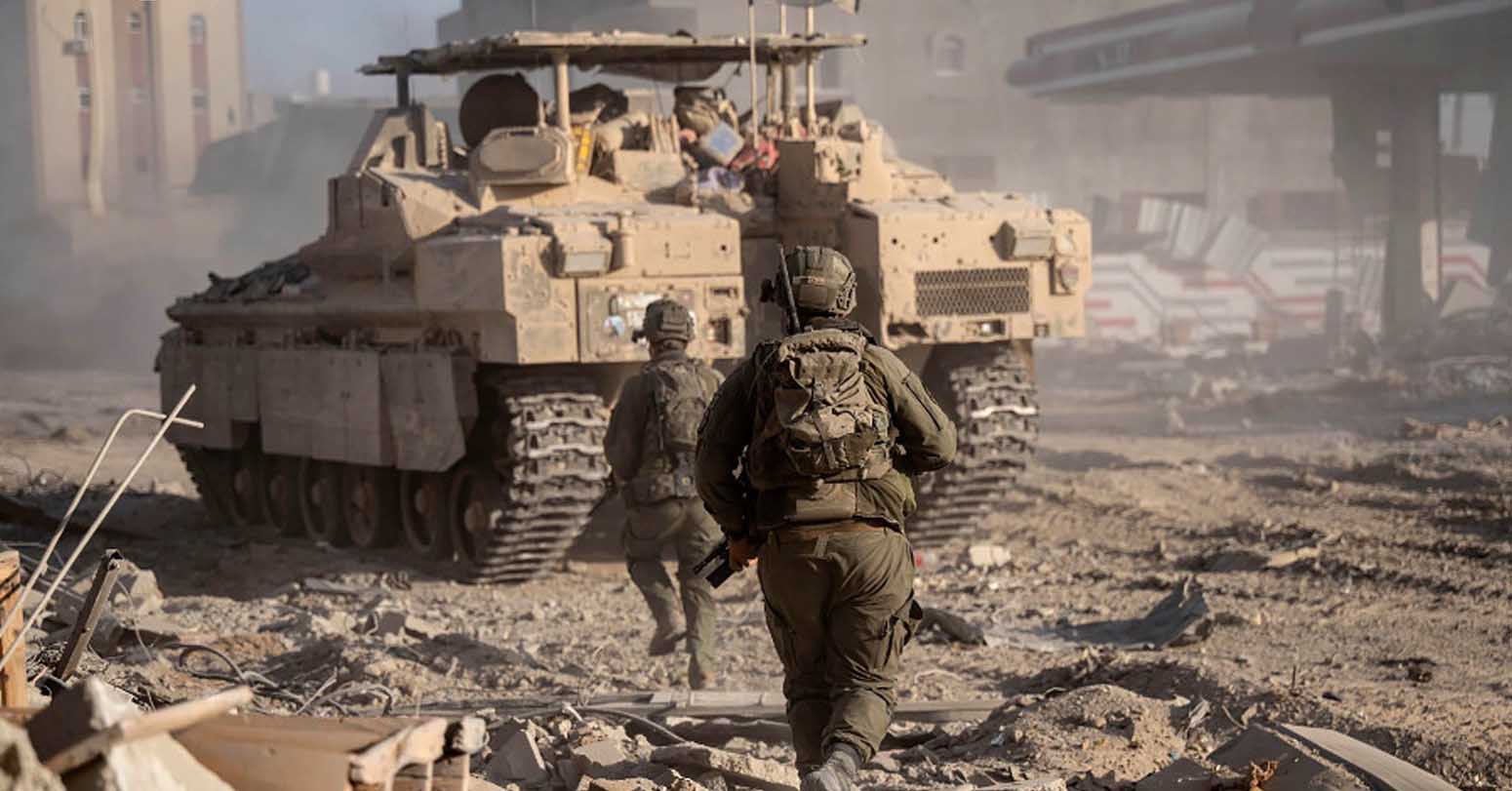
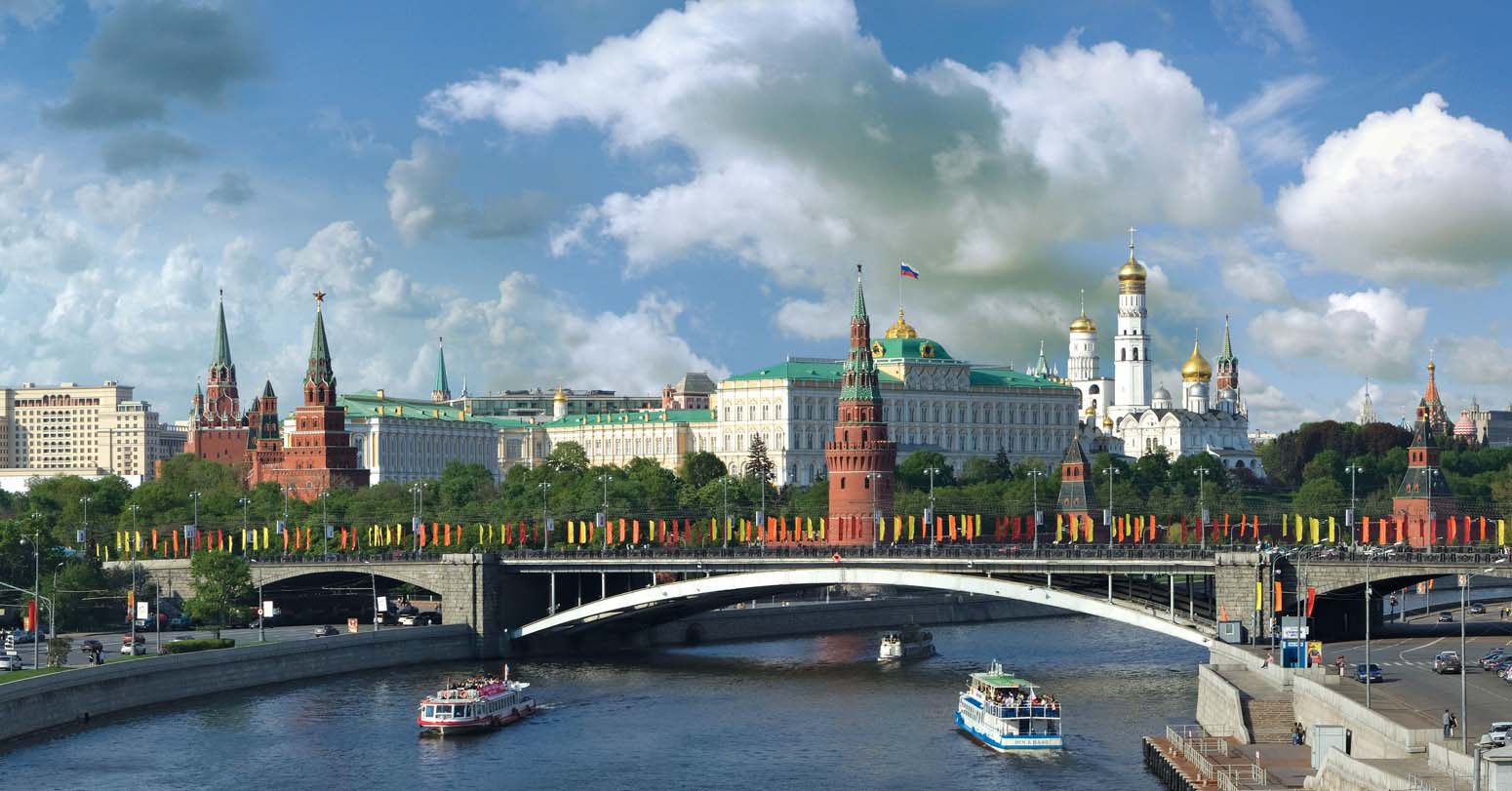
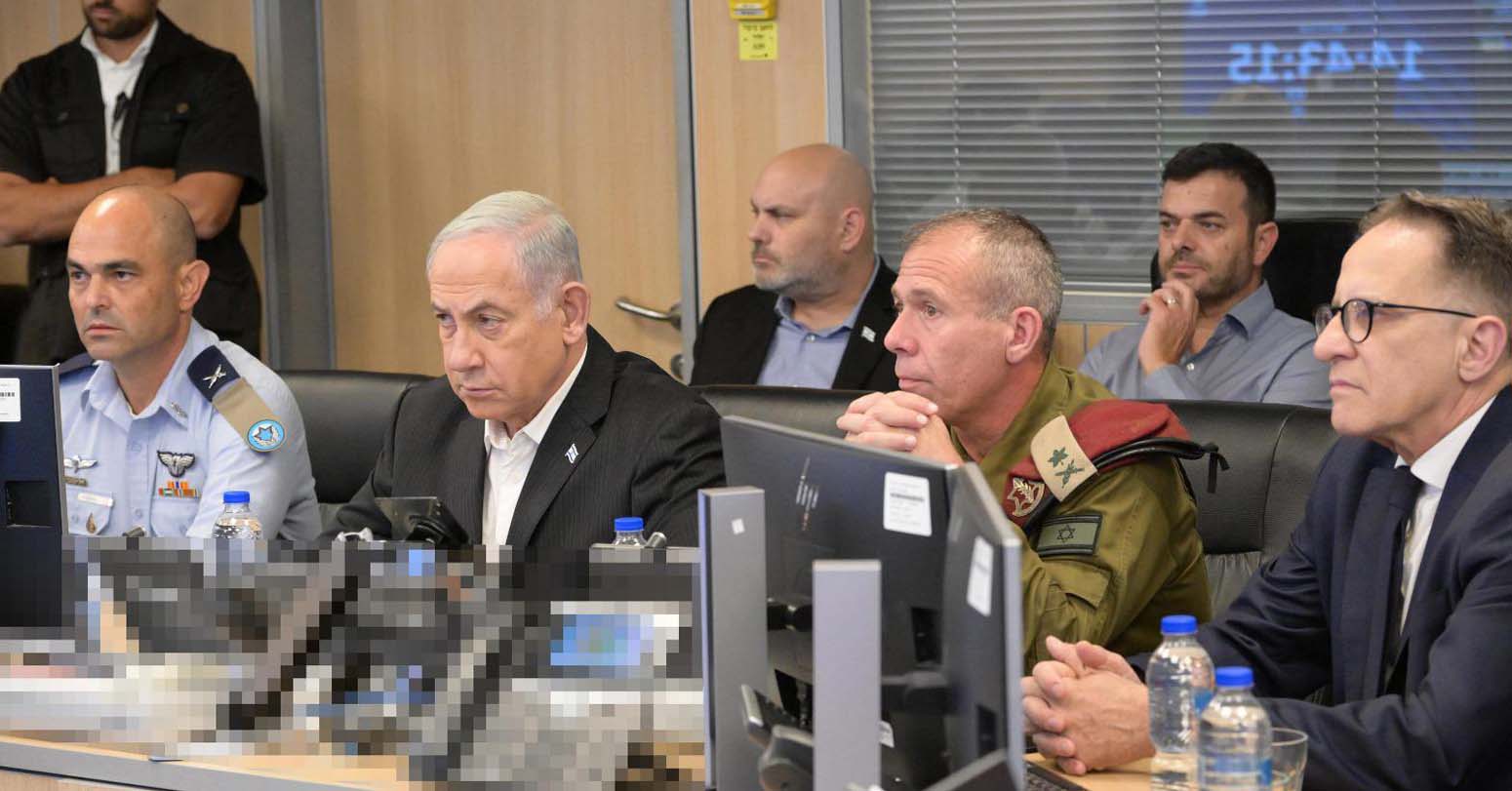


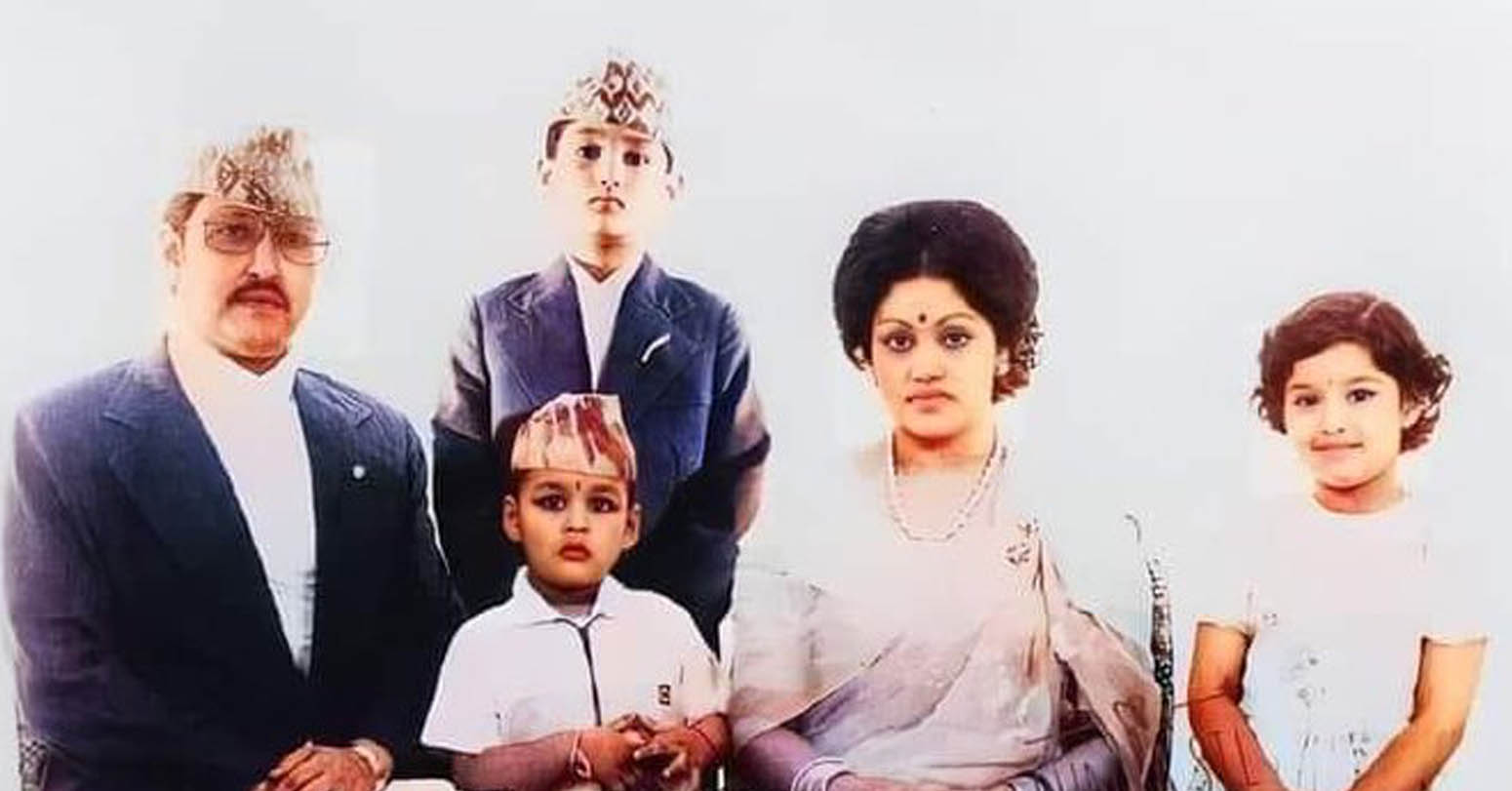
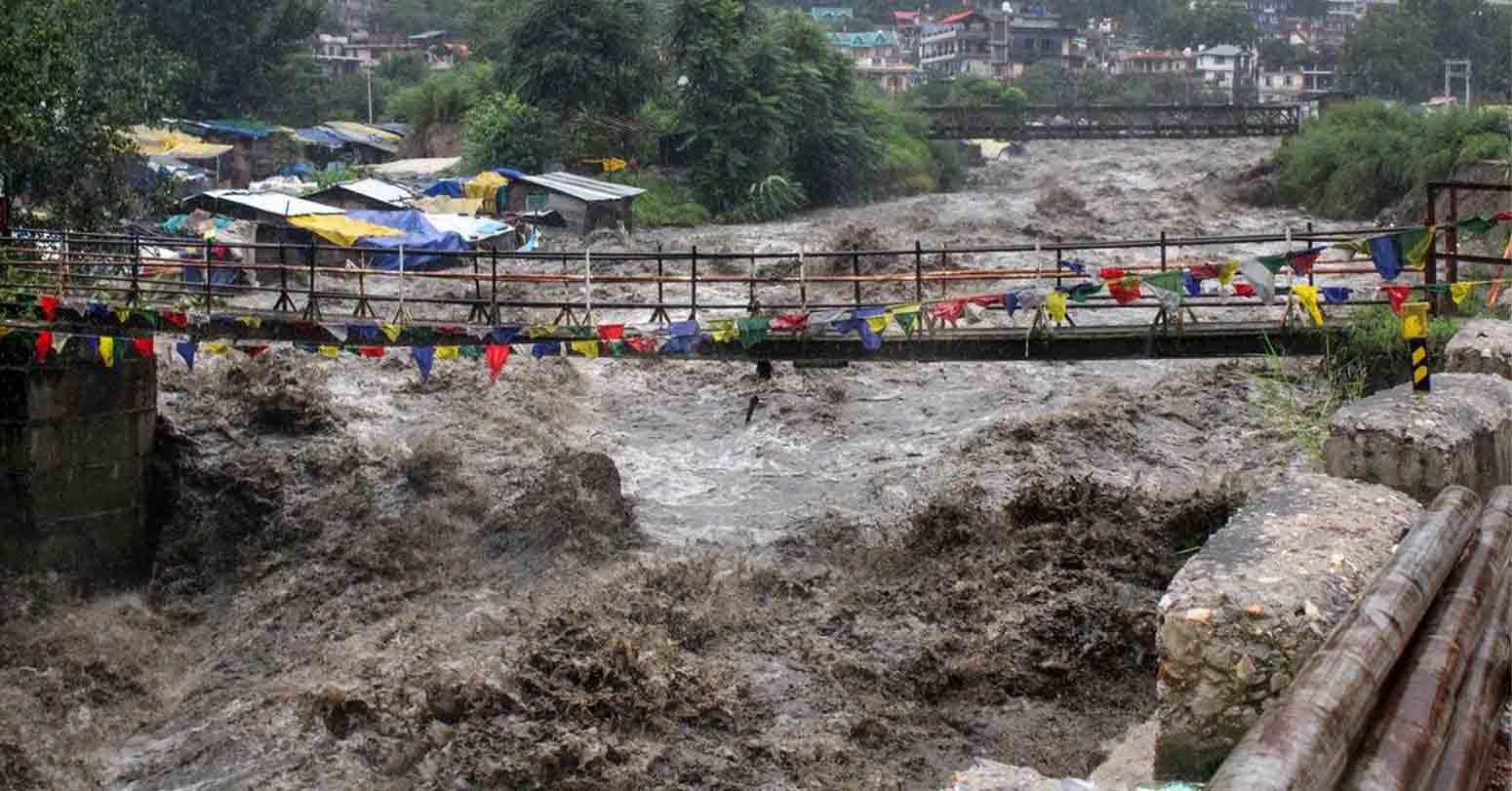
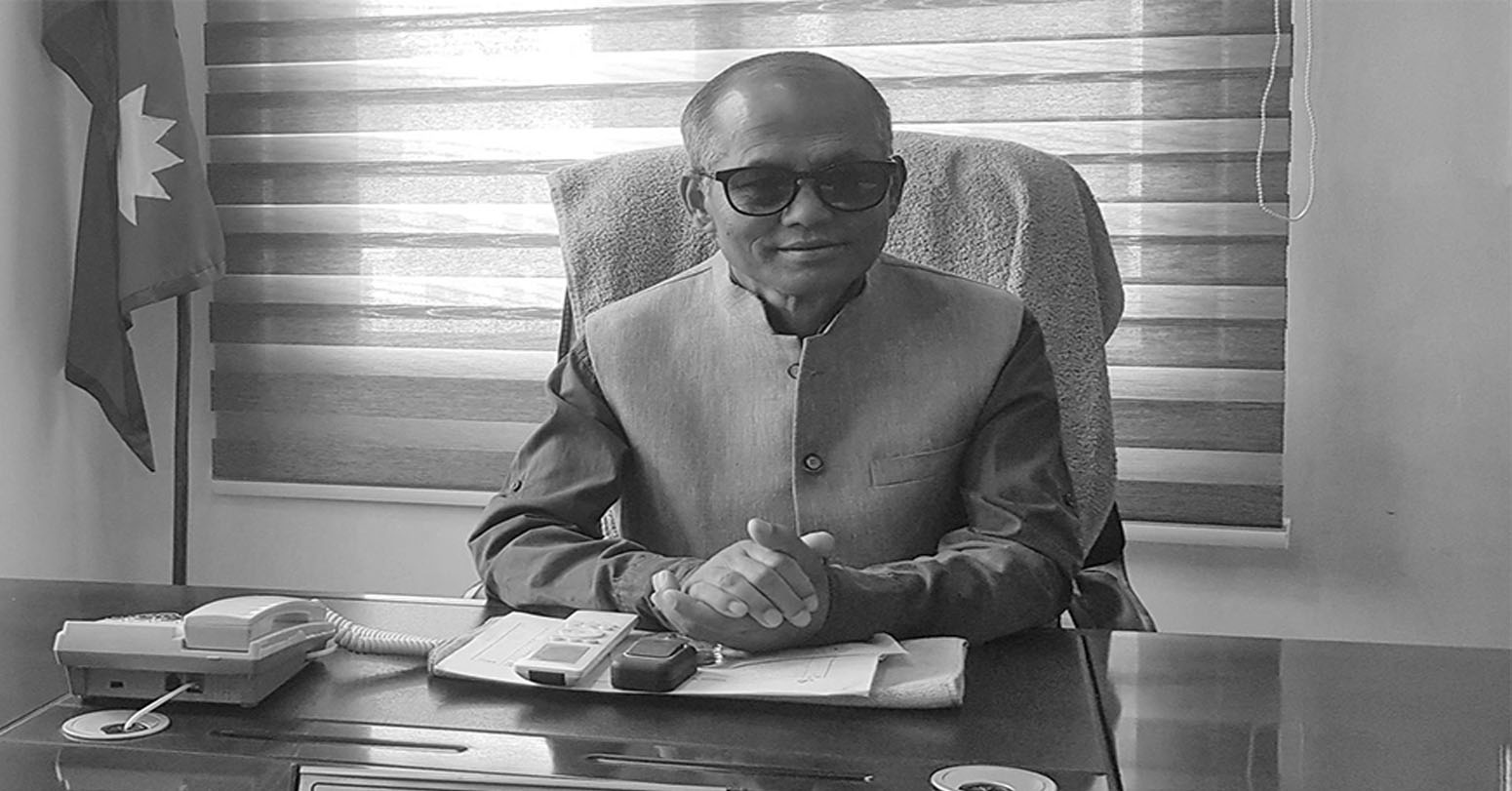
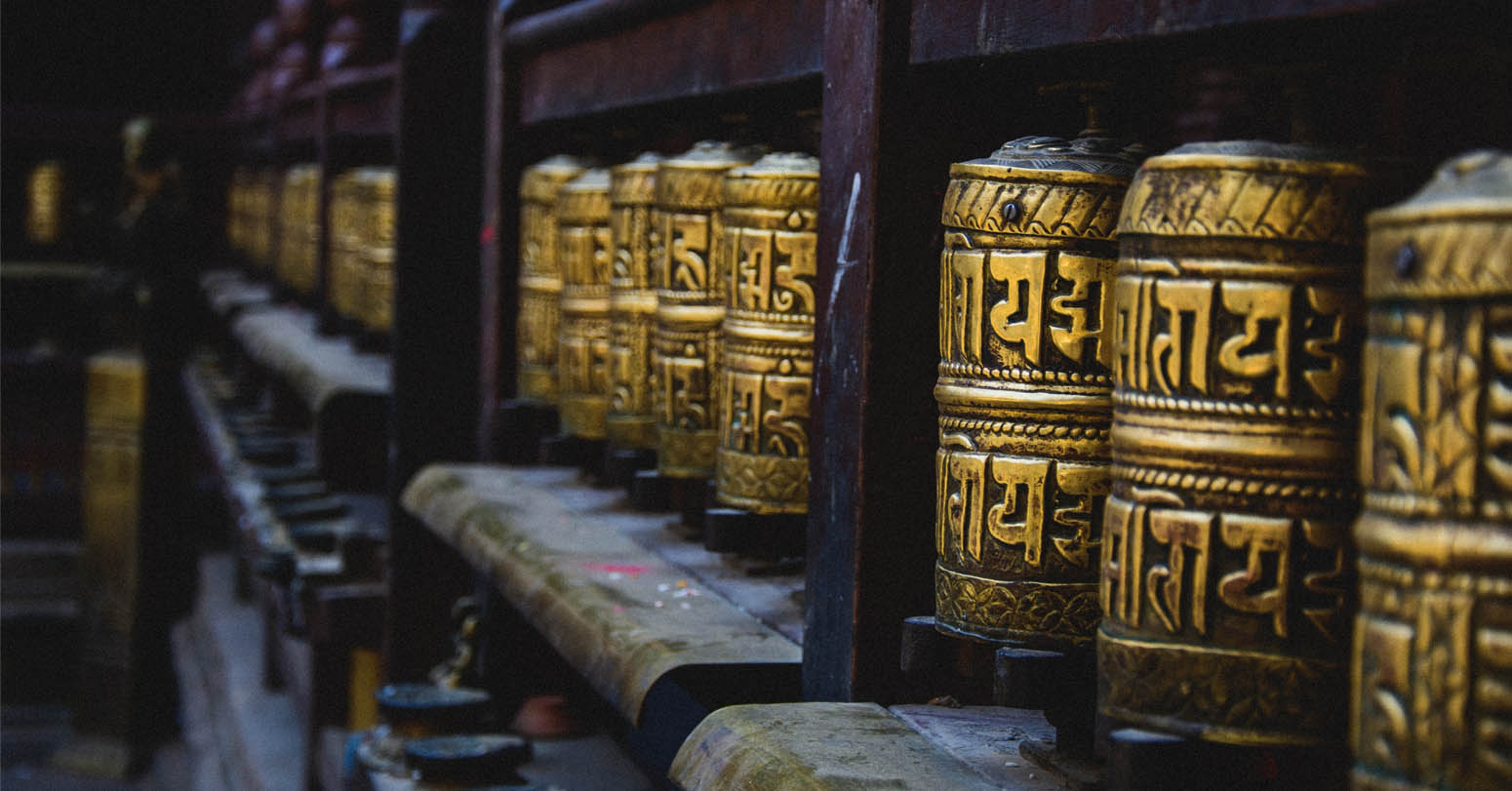
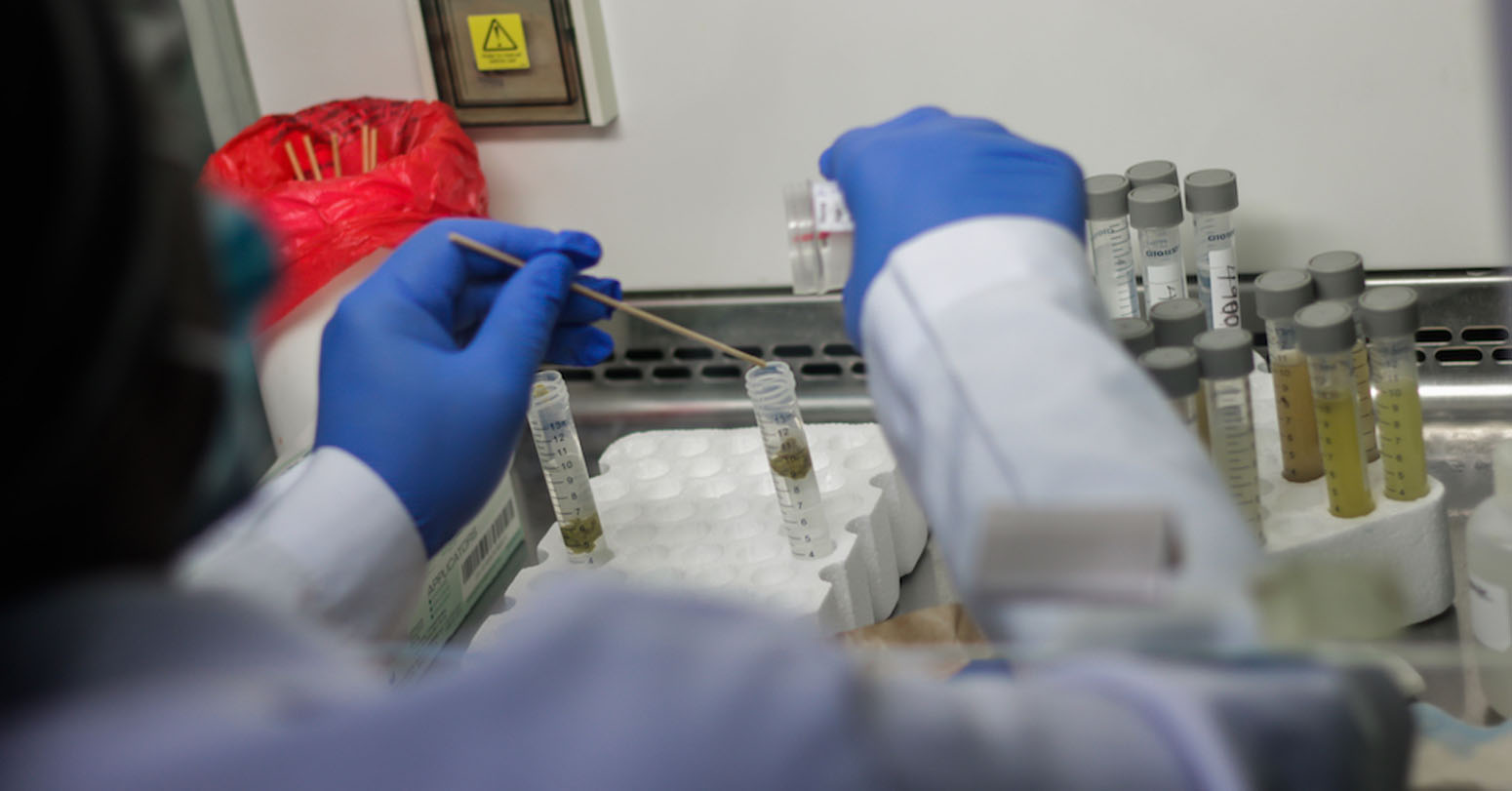
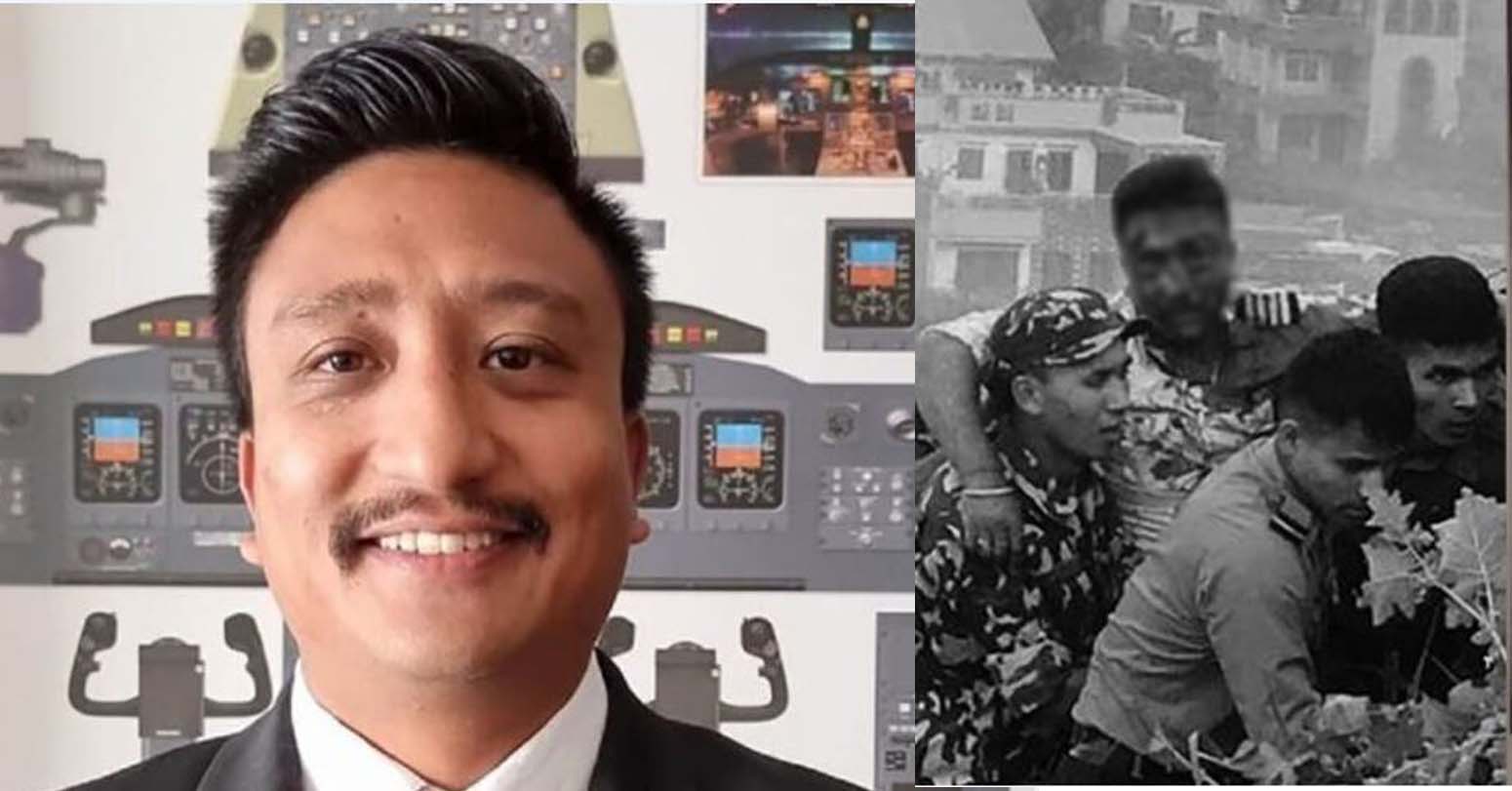
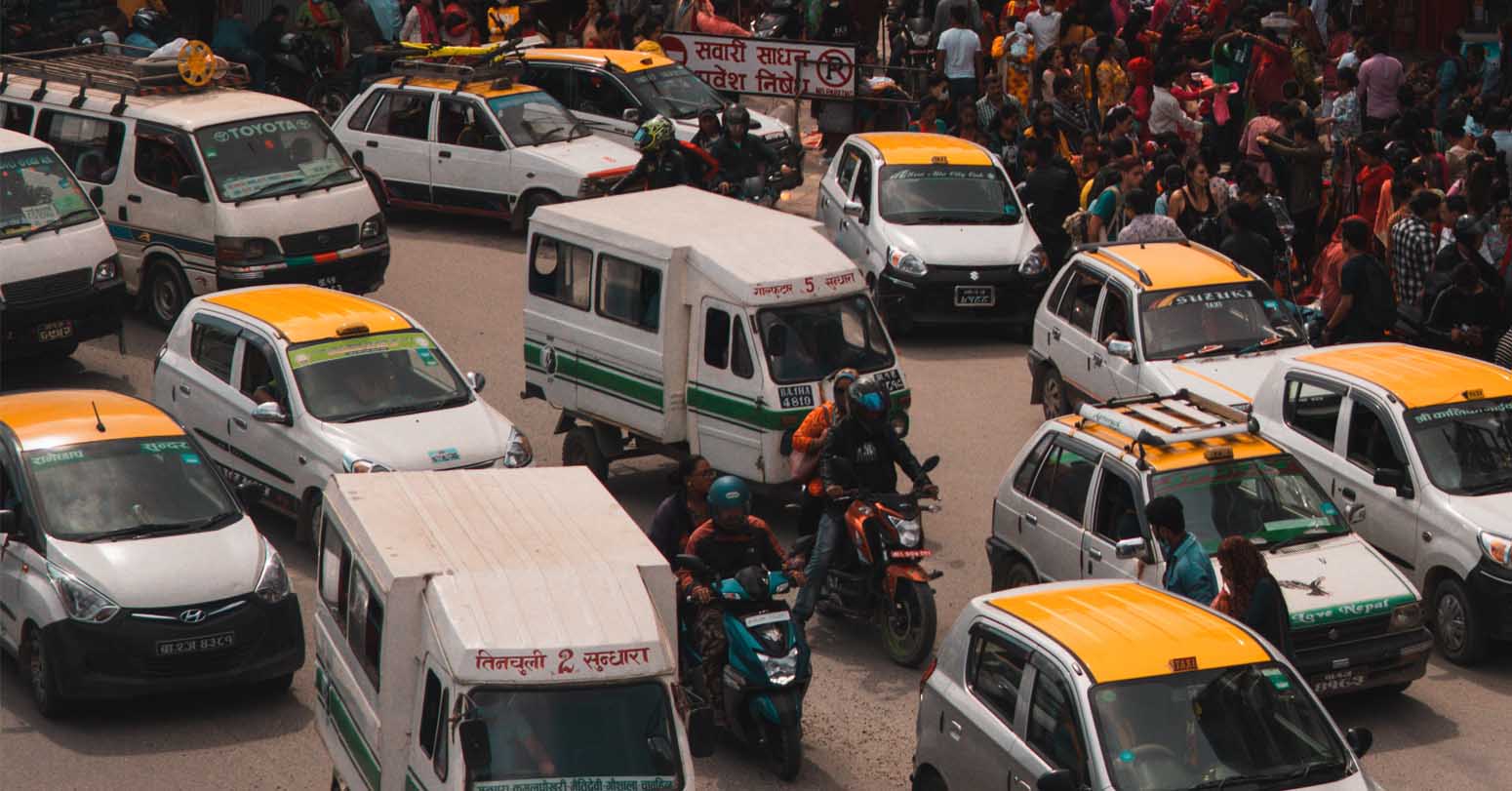
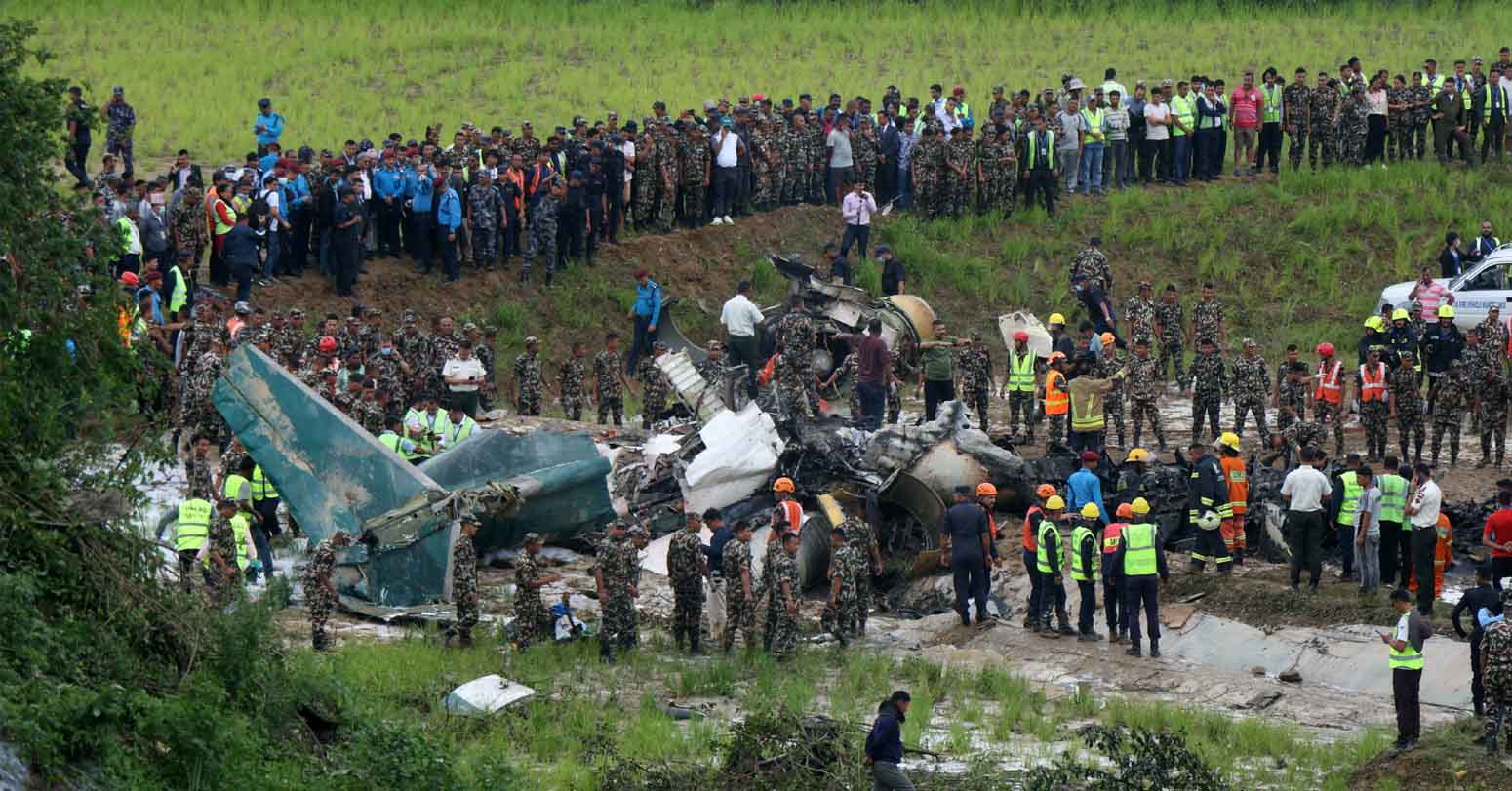
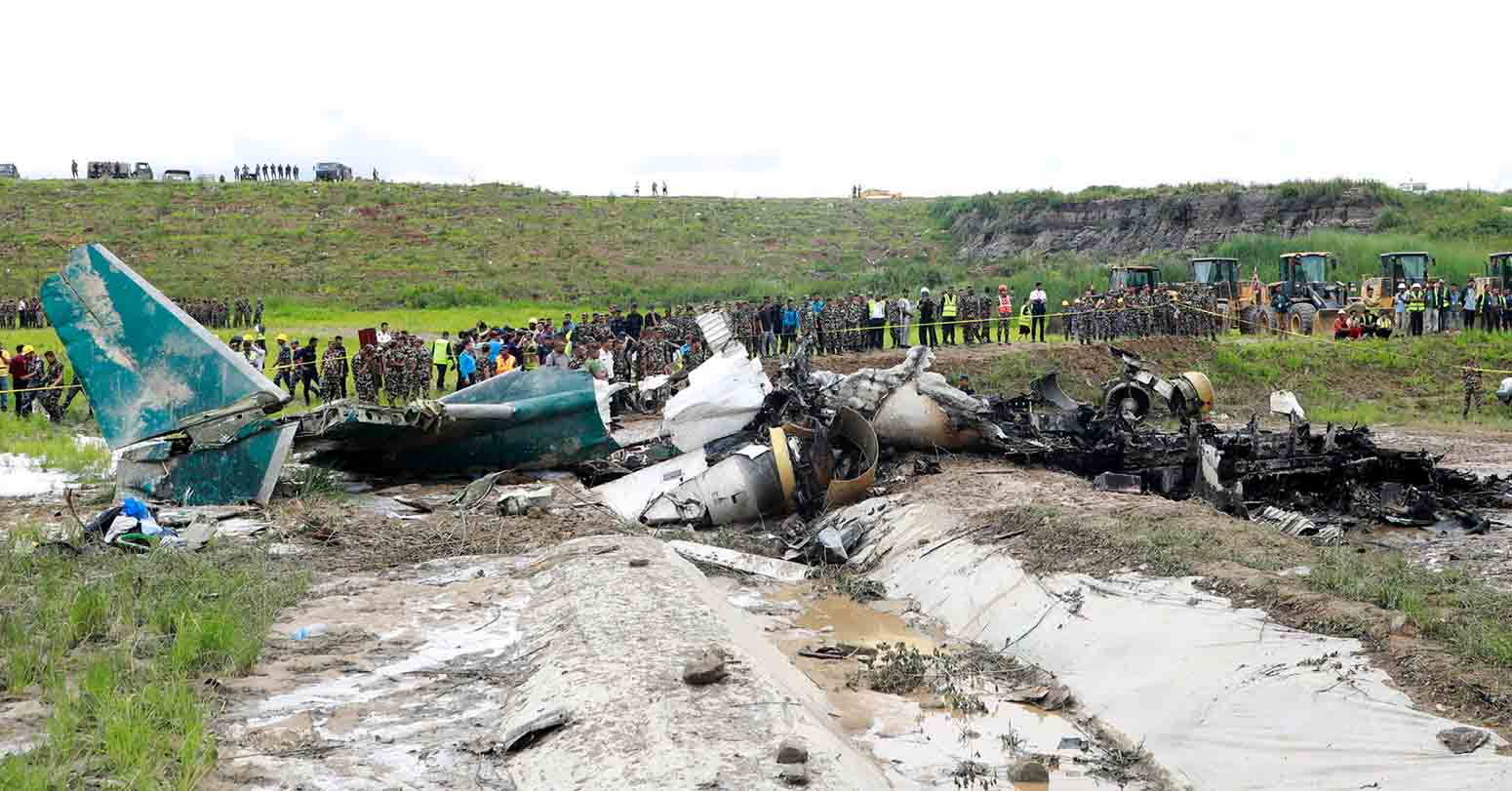
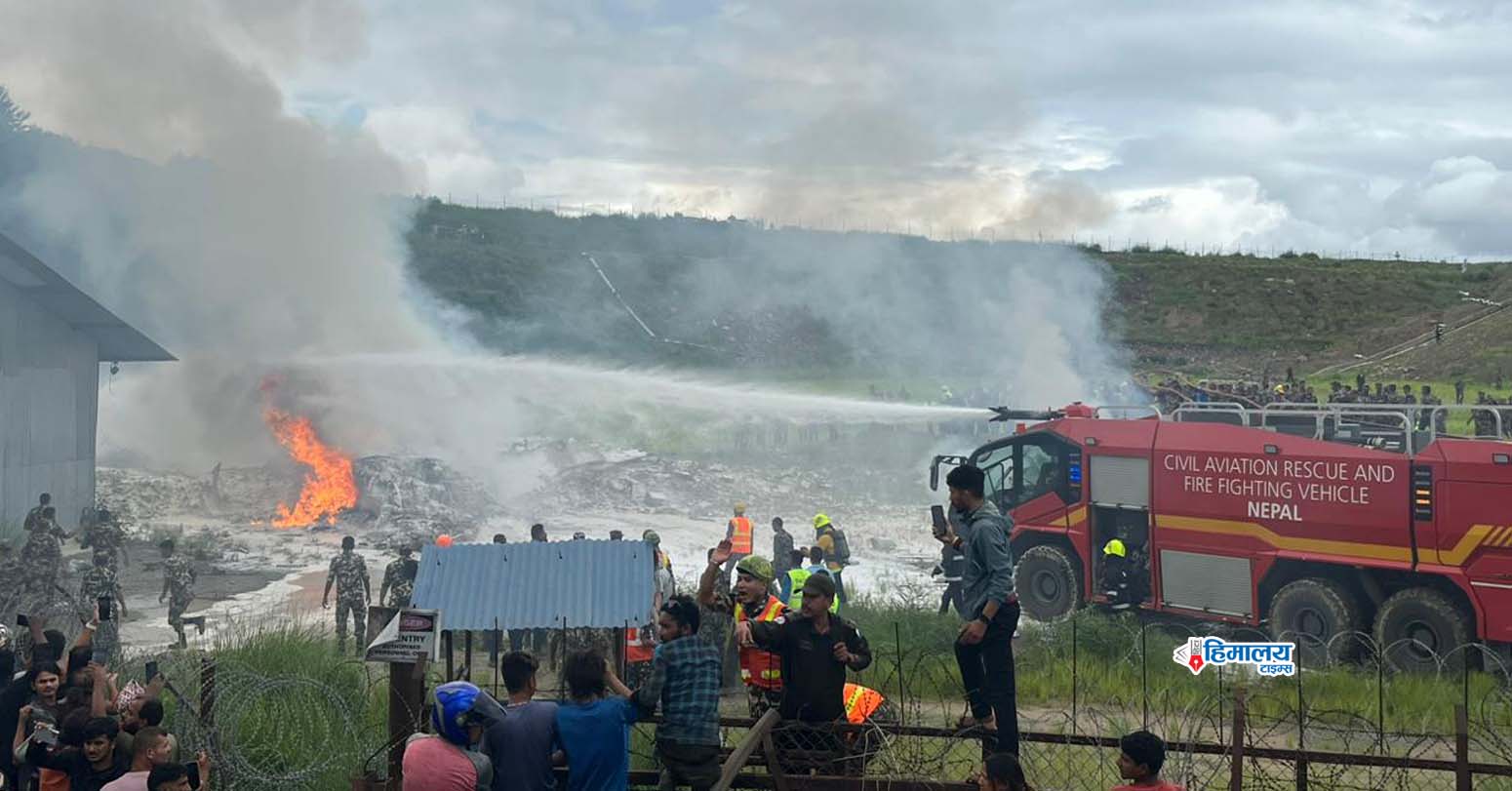
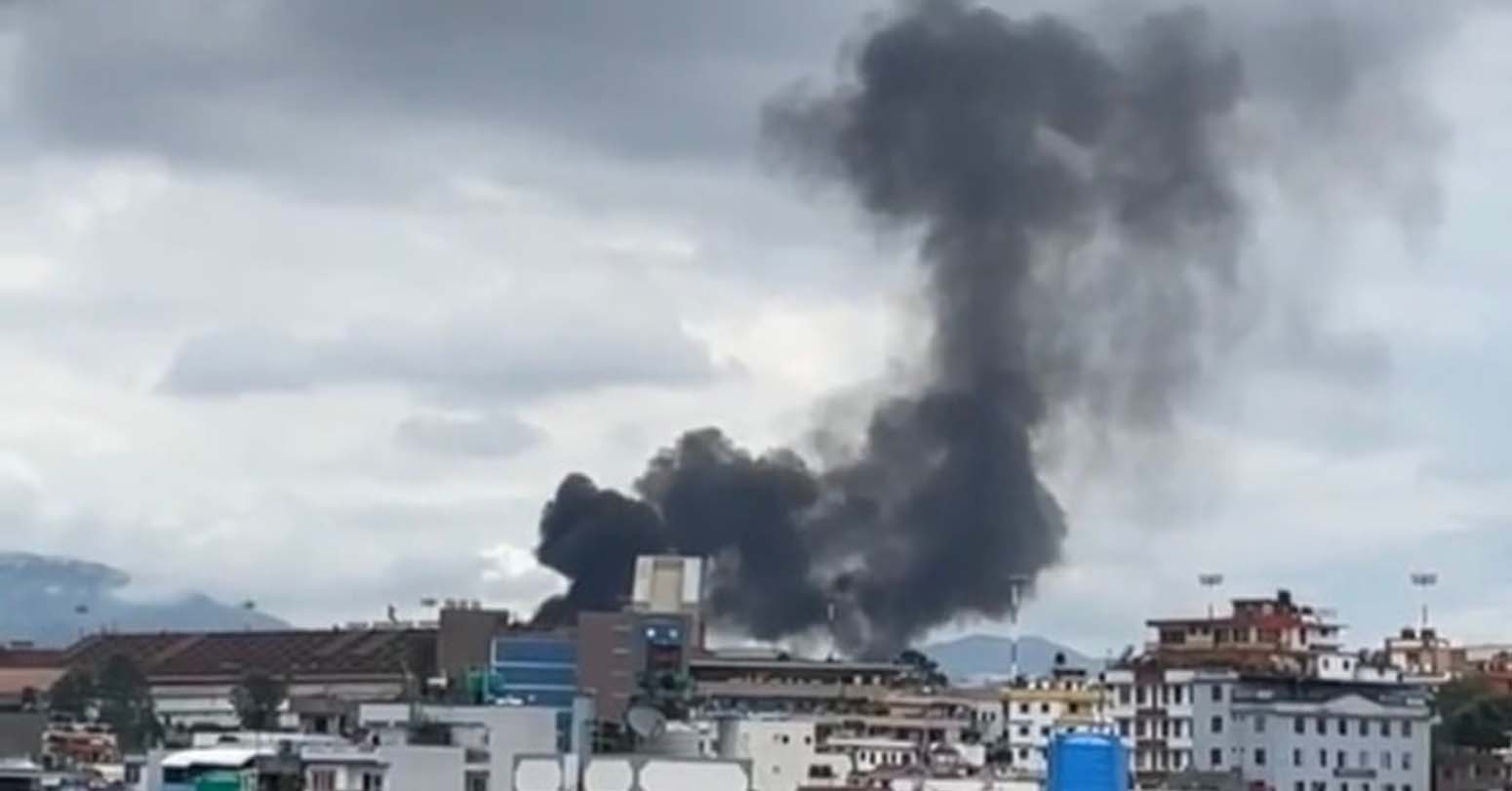

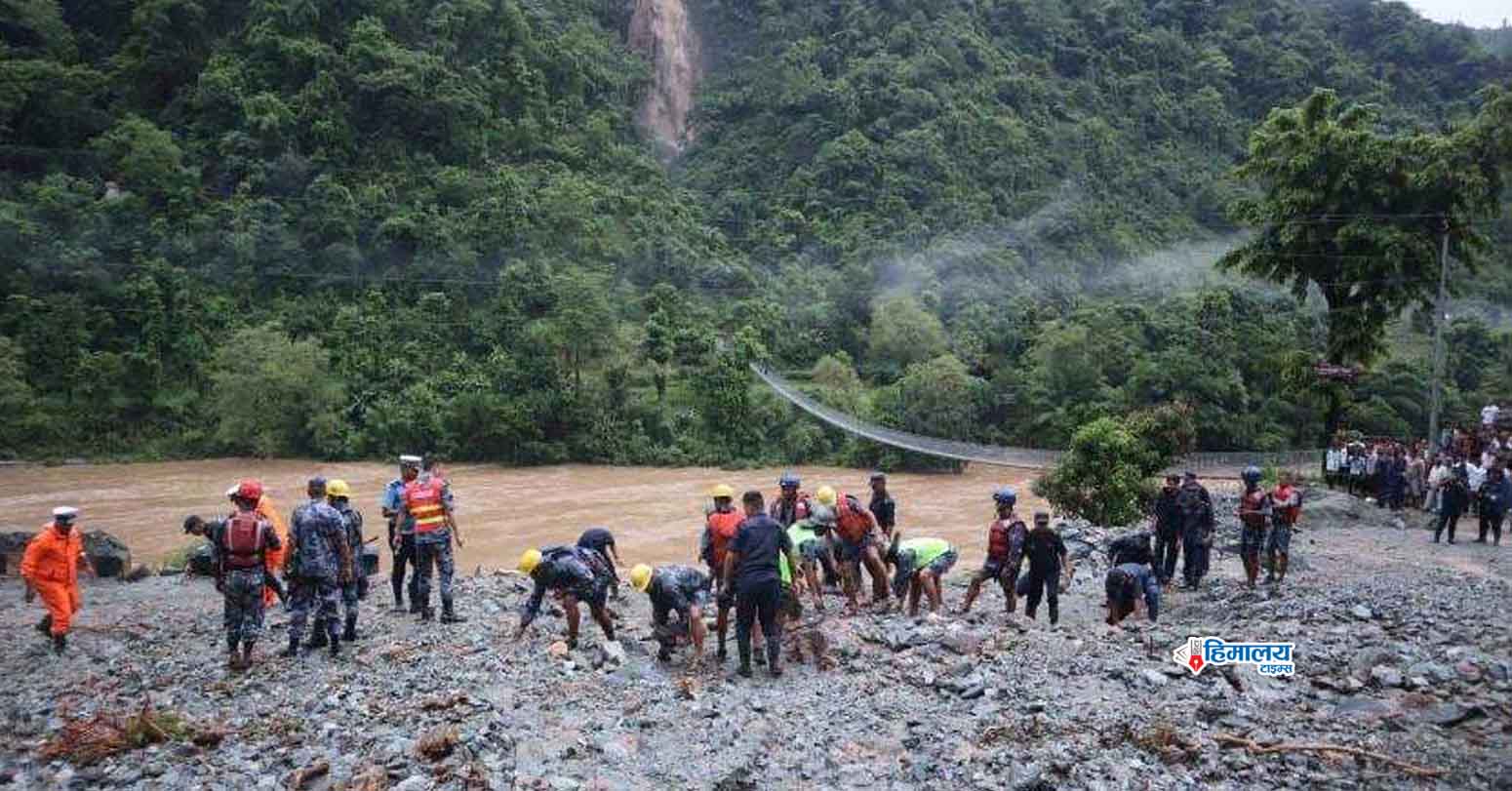
Comprehensive Data Protection Law Critically
Gender Differences In Mental Healthcare
Messi Wins Best FIFA Men’s
Erosion of Democracy
Fly Dubai Catches Fire in
“Complexities of the South Asian